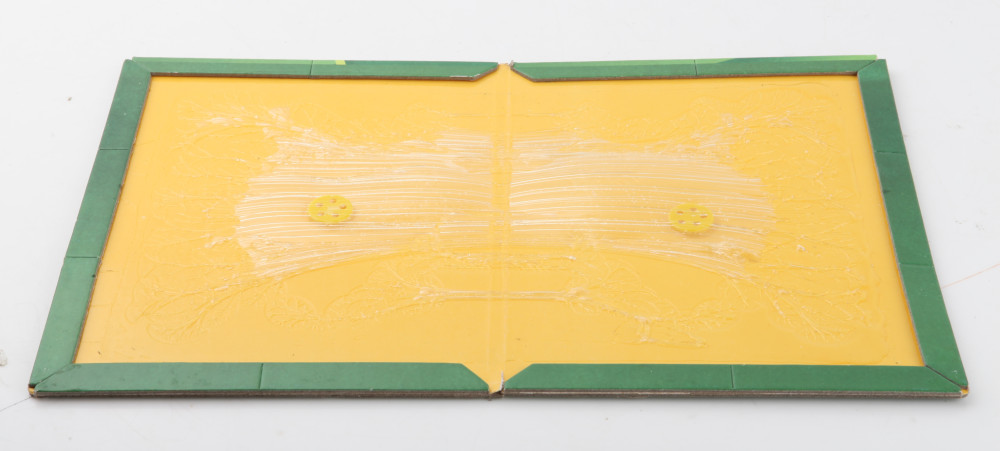What are glue boards and why are they inhumane?
Glue boards (also known as glue traps) are made of cardboard, plastic or wood covered in an adhesive and are promoted as a rodent control method. They are designed to catch and trap animals who run across their surface. The RSPCA opposes the use of glue boards due to the unacceptable pain and suffering they cause.
Welfare impacts
Injury, pain and distress
Glue boards may be viewed as a simple method for controlling rodents. However, they pose significant welfare risks [1]. An animal’s feet are generally stuck first but as escape attempts are made, other parts of the body also become stuck which may result in bone fractures, skin tears, bruising with some animals chewing limbs off to escape. This causes severe pain, fear, stress and anxiety which can be prolonged. Stress can also cause animals to defaecate and urinate which contributes to further distress. A review of the use of glue boards for controlling rats reported that the welfare impacts were prolonged (for hours) and considered extreme [2].

Prolonged and inhumane death
Glue boards do not kill animals instantly nor painlessly, and so a humane death is not possible with these devices. Trapped animals may suffer for many hours or even days where they succumb slowly to starvation, exposure or dehydration. A significant problem with using glue boards is that they are not checked as soon as an animal is trapped which means that prolonged suffering cannot be avoided. Often traps are set and then not checked for 24 hours as a minimum but it can be much longer.
Furthermore, there is no guarantee that trapped live animals will be humanely killed or even killed at all, with reports that boards with trapped live animals are simply tossed into the rubbish bin where individuals are either not skilled at or do not wish to kill a trapped rat or mouse. Although this is a significant issue with members of the public using these traps, it is unclear how pest control operators kill trapped animals. Blunt trauma, carried out by a skilled operator with the appropriate equipment, is considered to achieve a relatively quick and humane death with mild impact for up to a few seconds [2]. However, if an unskilled person carried out blunt trauma the impact can be considerable with the potential for pain and suffering for several minutes.
Non-target impacts
Glue boards are indiscriminate in causing pain and suffering to many other types of animals including native and domestic animals and birds. When non-target animals are captured, it is very difficult and painful to dislodge them from the glue board with injuries likely to occur. People attempting this are also likely to be distressed and may cause further pain and suffering as well as being at risk of being bitten and/or being stuck to the board. Veterinary advice should be sought in these cases. Non-target impacts are also significant in relation to discarded boards as animal bodies adhered to boards may act as an attractant to other animals.
Ineffective
Glue boards are not an effective method for eliminating unwanted rodents as they do not discourage rodents having access to food. To prevent rodents, it is essential to ensure that they are unable to access buildings and food. If this is not undertaken, it is unlikely that sufficient rodents will be killed using traps to counter population growth.
What needs to be done
Glue boards are available online or from outlets for use by the general public in most states and territories Although some retail chains have ceased stocking these products, this is insufficient to prevent widespread use and therefore animals suffering. These devices should be prohibited under legislation to help ensure that they are not used. In some jurisdictions, glue boards are only available for commercial pest control operators. The RSPCA believes that this is not necessary given that there are more humane alternatives available.
References
Mason G, Littin KE (2003) The humaneness of rodent pest control. Animal Welfare, 12:1-37.
Baker SE, Ayers M, Beausoleil NJ et al (2022) An assessment of animal welfare impacts in wild Norway rat (Rattus norvegicus) management. Animal Welfare, 31:51-68.
Was this article helpful?
This work is licensed under a Creative Commons Attribution-NonCommercial-NoDerivatives 4.0 International License.


